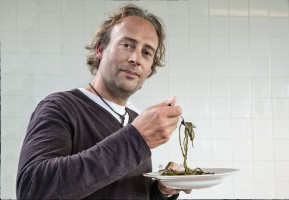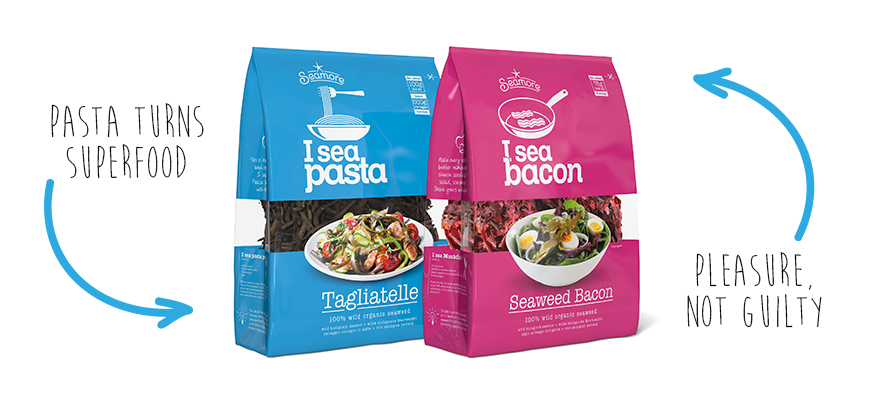 Interview with Willem Sodderland, founder of Seamore
Interview with Willem Sodderland, founder of Seamore
Tell us what was the first time you got in touch with the edible seaweed issue
Well, I ordered a seaweed salad and couldn’t find the seaweed. The chef set me straight: what looked like spinach tagliatelle was actually the seaweed, a special species that grows on the rocks looking like pasta.
The texture was similar and the taste neutral so the spark was immediate: what if we would replace pasta with seaweed? This was at a time when my wife and I were looking for ways to cut down our carb intake but finding it quite challenging to do so. So apart from seeing the potential in a broader sense I had a personal reason for spotting the opportunity.
What kind of products are you marketing at the moment?
We want to turn seaweed into an everyday food. So we are bringing to the market seaweeds that can be used as a tasty, healthy and sustainable alternative to foods we love. I sea pasta is 100% seaweed that can be used as an alternative to pasta. I sea bacon is a 100% seaweed that turns into green, crunchy bacon when you fry it.
Where do the seaweed you use come from?
We are currently harvesting in Connemara, Ireland and Brittany, France. We will expand into more territories soon.
Why these seaweeds are “magical”, as you say?
Because they can be used as healthier, more sustainable versions of foods we already know and love without having to process, add anything. They simply exist! Nature has made seaweeds that look and taste like pasta and bacon, two of the world’s favorite foods. Now you can eat these without any of the health, animal welfare or ecological issues. And the magic is also that it’s not technology that makes this possible: nature has created these seaweeds!
Seaweed is in the list of the future foods, togheter with algae (Spirulina), edible insects and many other. Do you think we’re at the beginning of a real food revolution in the West?
Yes. It’s visible everywhere.
More food from the ocean because we don’t have enough land. More plants. Less meat. Healthier. Less ecological footprint. Less processing. Less gluten. More organic. Not everyone is moving at the same speed, but it’s happening and it is irreversible. And I don’t think we’re at the beginning, that was 30 years ago. There’s a wise man who has said that all great revolutions happen after 30 years since their start. This was true for 3D printing, internet and many others. So if that’s true then this revolution will start to speed up very soon!
You want to bring seaweed pasta in the italian plates. Many would say that’s an impossible mission. Did you plan a special strategy to penetrate the stronghold protecting that ultratraditional food?
It’s really interesting. I was expecting Italy to be the most difficult. But because the diet of the Italians is so traditional it also creates a lot of problems. Too many carbs – Italians eat more pasta than anyone so they get more carbs than anyone – and not enough veggies. And more and more Italians are starting to see that the traditional menu is causing lots of problems. These people are looking for alternatives. A seaweed that looks and behaves like tagliatelle is an outcome: you can make dishes you know but you’re also automatically cutting down calories and increasing your vegetable intake. Interestingly enough, the mediterranean diet is actually based on vegetables. Unfortunately, people increased the carbs/wheat part and decreased the vegetables. In old times seaweed was part of the mediterranean menu. Now it’s time to bring it back – in the shape of tagliatelle, bacon and many more products to come!





